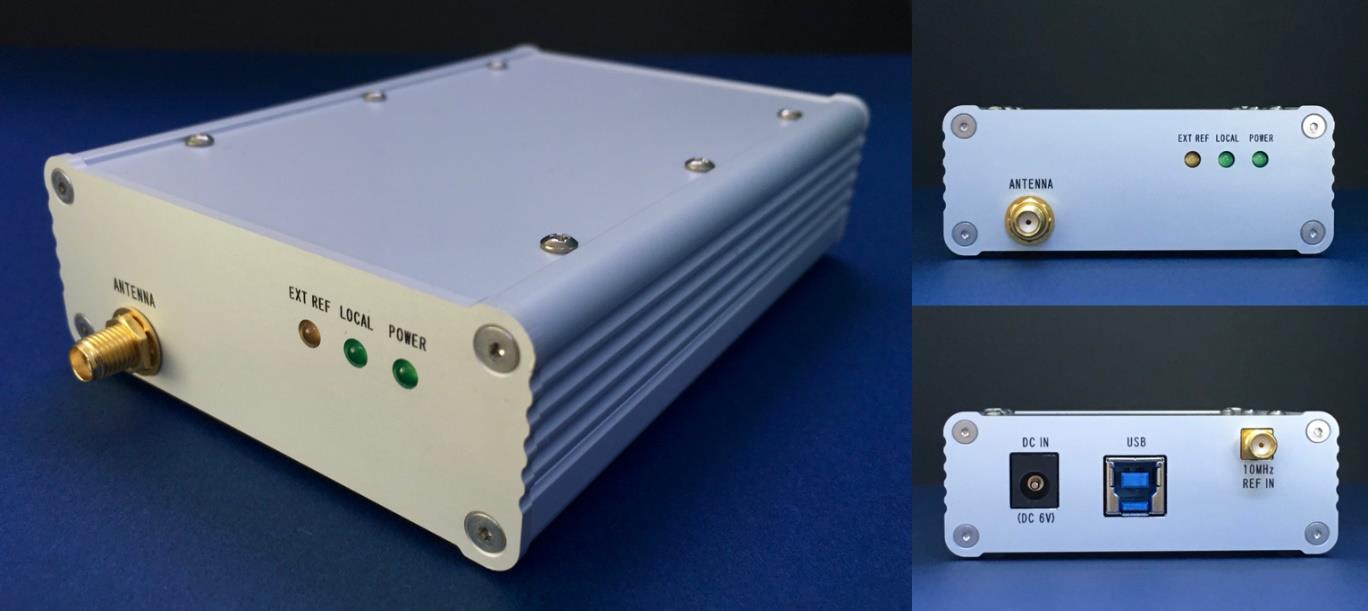The International Civil Aviation Organization (ICAO), the United Nations agency responsible for working with countries to develop and adopt global aviation standards, is stretching beyond its regular role to help states develop harmonized rules for managing drone operations — and it’s asking for technical input from all sectors, including industry.
The International Civil Aviation Organization (ICAO), the United Nations agency responsible for working with countries to develop and adopt global aviation standards, is stretching beyond its regular role to help states develop harmonized rules for managing drone operations — and it’s asking for technical input from all sectors, including industry.
"Multiple States and regions have expressed interest in developing UTM (Unmanned Aircraft System Traffic Management) to provide services for UAS (unmanned aircraft system) operations, particularly in urban environments," ICAO said in a May 10 statement. "A common agreement on the framework and core boundaries of UTM will facilitate harmonization between UTM systems globally and enable industry, including manufacturers, service providers and end users to grow safely and efficiently without disrupting the existing manned aviation system."
To kick off the process — which is separate from ICAO’s on-going work to build a full regulatory framework for remotely piloted aircraft systems (RPAS) — the Montreal-based organization is asking for input from government agencies, industry, academia and individual exerts. They are seeking ideas and insight that could help it develop sound technical approaches and have released a request for information with a July 15 deadline.
Though information is being sought across the board there are three priority areas that will be addressed during this first phase — any one of which could require data from GNSS receivers:
A) A registration system from which data is accessible in real time to allow remote identification and tracking of each unmanned aircraft, its operator/owner and location of the remote pilot/control station. To accommodate unmanned aircraft that are increasingly transported from one country to another for either recreational or professional use, this database should allow global access;
B) Communications systems for the control of unmanned aircraft and for tracking of all drones within the area of a UTM. The communications system used for tracking the drones or unmanned aircraft systems (UAS) must be able to identify when a manned aircraft is entering UTM airspace and provide an acceptable level of protection between it and the other unmanned aircraft operating in the airspace. Furthermore, it must facilitate detection of potential collisions with other drones and with obstacles such that appropriate avoidance action can be taken;
C) Geo-fencing-like systems that will support automatic updates by national authorities on the 28-day aeronautical information regulation and control (AIRAC) cycle to prevent operation of unmanned aircraft in areas that are security sensitive, dangerous or restricted — such as near aerodromes.
Turbocharged
The input received during this first phase of the effort will form the basis of discussion at DRONE ENABLE, a UAS industry symposium being held September 22-23 at ICAO headquarters.
The meeting is part of an effort to speed ICAO’s thorough, but slow process for regulatory development — an essential change if development of the framework is to keep pace with the seemingly weekly changes in the unmanned industry.
"In order to fit in with the evolution of drones, which is happening so quickly…ICAO is trying to work as rapidly as we can," said Leslie Cary, ICAO’s program manager for RPAS. "We are implementing an entirely new process of work. It’s unrelated to our traditional approach for manned aviation and hopefully we will have the first package of information, of guidance, published online, as opposed to in a document, within a year. And then we will continue to update, revise and expand that material as we address more and more topics."
Cary announced the effort last week at the AUVSI XPONENTIAL conference in Dallas, the largest unmanned conference of the year.
“Collaboration between stakeholders is key to addressing complex issues such as UTM,” said Brian Wynne, president and CEO of AUVSI. “AUVSI is pleased ICAO is taking steps to explore solutions for UTM that will allow companies to operate globally under the same standards, reducing barriers to innovation and improving safety and security for all aircraft — both manned and unmanned. We look forward to working with ICAO to draw awareness and facilitate industry engagement in the RFI process.”






